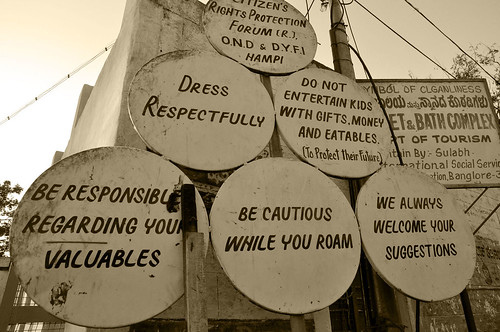Taking the train back to the city centre from Helsingor, I thought I could still visit another attraction to make the Copenhagen Card worth the purchase. Plus, it gets dark so late in Copenhagen in July. So I headed straight to Copenhagen Zoo hoping to see animals from the Arctic Circle.
Copenhagen Zoo is one of the oldest zoos in Europe and becomes the most visited zoo in 2008 and 4th most visited attraction in Denmark. So why not. In 1980s, Copenhagen Zoo underwent a massive renovation to replace cages with enclosures which recreate the animals’ natural environments.
First, I went to check out the Nordics and the Arctic Ring. The Ärctic Ring which was opened in 2013, had an exhibit for polar bears. After going down the under tunnel for underwater views of the polar bears, I realised there was no polar bear in the enclosure. It was empty, and there was no sign explaining why the polar bear was not there anymore. What a disappointment!

Some sea lions basked in the sun near the outer gate of the enclosure. The cute creatures amused the visitors.
Next, the seals were cheekily swimming in the aquarium. So were the penguins in their enclosure.


The rare muskox. I never knew such animal existed before. The muskox lives in Canada, Greenland and Alaska Tundra. The fur of muskox together with its long guard hairs gives protection against the worst arctic cold. Funnily there is fur brush inside the muskox enclosure as the muskox likes to rub their fur against the brush.
Another animal I saw for the first time in Copenhagen Zoo is the Tasmanian Devils. According to Wikipedia, Copenhagen Zoo was the only zoo outside Australia that had Tasmanian devils for several years. In 2004, the Tasmanian government gifted the Tasmanian devils to the zoo after the wedding of the Crown Prince of Denmark and the Tasmanian native Mary Donaldson.

There was also a guanaco, a camelid native to South America closely related to the llama. The guanacos inhabit the steppes, scrublands and mountainous regions of South America such as Peru, Bolivia, Chile and Patagonia.
Other residents of the Copenhagen Zoo are elephants, kangaroos, giraffes, rhinoceros, sable antelopes, zebras, amur leopards, tigers, lions and many others.

I was also thrilled to see the piranhas at the fish section. They looked hungry as ever and ready to eat whatever comes their way.
To be honest, I have a mixed feeling about zoos. At one hand, I am sad for the animals to be kept in the enclosures. At the other hand, if we don’t have a zoo, we would not be able to see the wild animals, many of which are nearing extinction. While I enjoyed learning about new animals at the Copenhagen Zoo, the zoo is just another zoo. You may want to skip it if you do not have much time in Copenhagen.




















